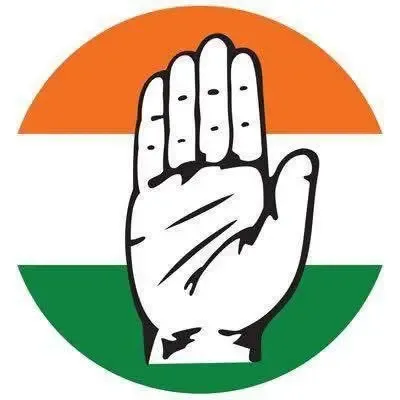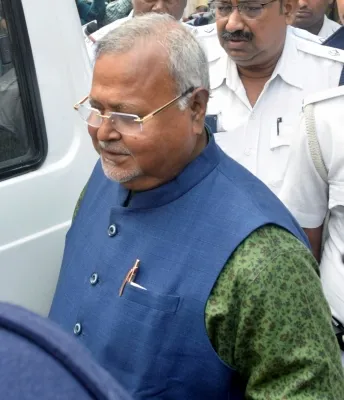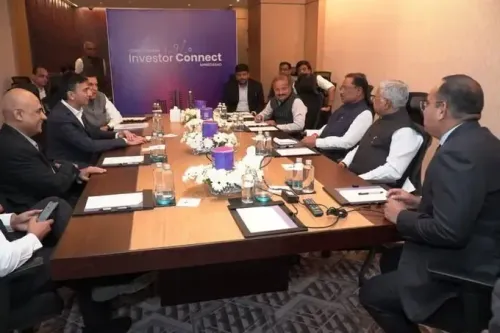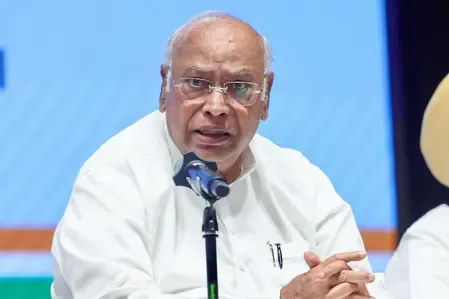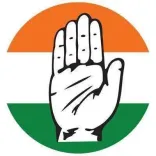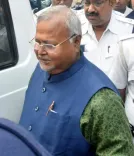Is Gujarat's Water Crisis Worsening Due to Monsoon Delay?
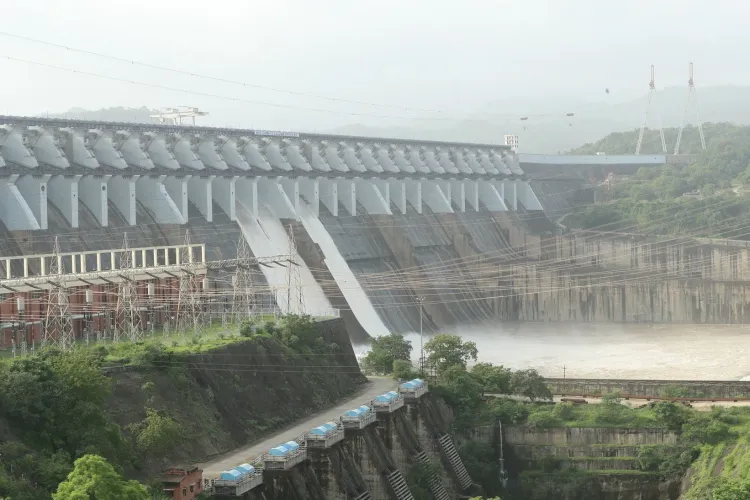
Synopsis
Key Takeaways
- Gujarat's average reservoir capacity is critically low at 44.89%.
- Regions like Kutch and Saurashtra are experiencing alarming water shortages.
- Government initiatives are underway to combat the water crisis.
- 62 reservoirs report less than 10% usable water.
- Proactive measures include rainwater harvesting and desalination projects.
Ahmedabad, June 9 (NationPress) The state of Gujarat is currently experiencing a significant delay in the monsoon, raising alarm over dwindling water resources. As the much-anticipated monsoon has yet to arrive, the average water level across Gujarat's 206 reservoirs has plummeted to a mere 44.89 percent, leading to heightened concerns about a potential extended drought, according to state officials.
Particularly troubling are the statistics emerging from Kutch, Saurashtra, and North Gujarat, where water levels have dipped below 30 percent.
Reports indicate that 20 reservoirs in Kutch are currently at a critical 20.78 percent capacity, while 141 reservoirs in Saurashtra stand at 28.47 percent, and 15 in North Gujarat are at 29.56 percent capacity.
While a few reservoirs still maintain sufficient water levels, the overall scenario is concerning.
Only two reservoirs boast more than 90 percent capacity, one is between 80–90 percent, and three fall in the 70–80 percent range.
Of the remaining 200 reservoirs, most are functioning below 70 percent. Among those with significant capacity are Wanakbori in Mahisagar at 93.39 percent, Machhu-2 in Morbi (at 92.99 percent), and Dholi Dhaja in Surendranagar (at 92.84 percent).
Additional reservoirs still holding over 70 percent water include Kalaghogha in Kutch, Bhadar-2 in Rajkot, Aji-2, and Sukhi in Chhota Udepur.
In a worrying trend, 62 reservoirs across the state now report less than 10 percent usable water, while only 26 reservoirs currently have more than 50 percent.
Even the Sardar Sarovar reservoir, often considered Gujarat’s lifeline, is feeling the impact of the delayed monsoon, currently standing at 54.07 percent, which is lower than expected for this time of year.
To address the escalating water scarcity, the government has initiated extensive measures such as the SAUNI Yojana, aimed at redirecting Narmada water to replenish reservoirs in arid regions, along with the Narmada Canal Grid project designed to supply drinking and irrigation water to countless villages and towns.
Moreover, rainwater harvesting efforts like the Sujalam-Sufalam Jal Sanchay Abhiyan are contributing to groundwater recharge by desilting lakes and constructing check dams.
Additionally, desalination plants have been established along the coastline to create alternative sources of potable water.

